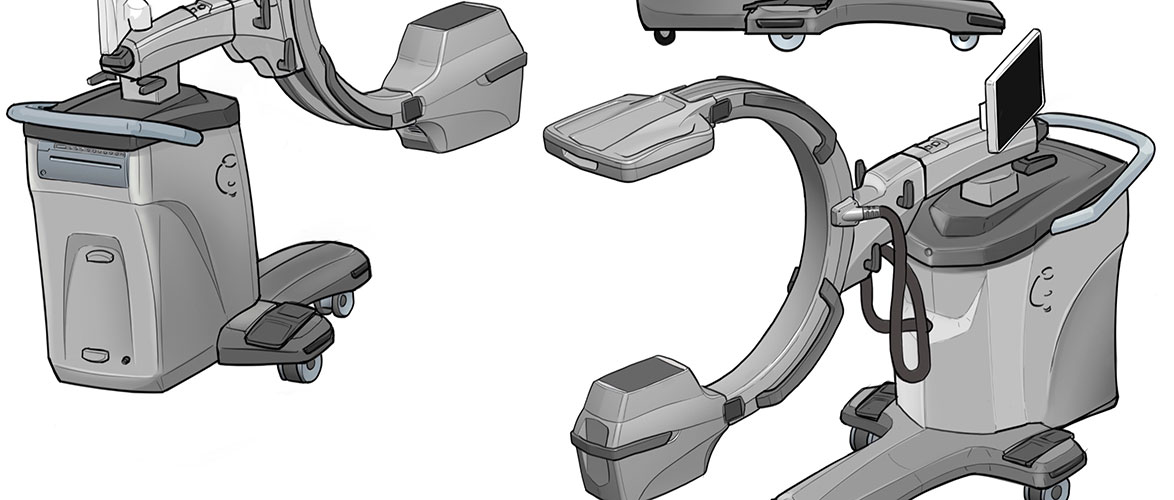
Services
Industrial Design
DDG interacts with clients in the early stages of development to conduct ideation sessions with an industrial designer. The goal of the industrial designer is to transform client ideas into concepts and then from concepts into manufacturable products.
An Industrial designer helps the client explore various options in the overall product look and footprint (form, and approximate dimensions). The industrial designer balances intuitive creativity with the practical limitations of cost-effectively producing the design in a production environment.
Industrial design is truly an applied art that combines aesthetics, client likes/dislikes, and manufacturability. Factors as varied as materials, finishes, production processes, marketing, design trends, and end-user ergonomics are all considered. The industrial designer may explore or even offer to establish the company "design language" for the client. A design language is simply a set of rules and principles that guide a company's visual identity, which helps ensure that all of the client product designs have a sense of continuity.
The industrial designer typically begins this creative process by presenting hand-drawn artistic sketches of various options for what a product might look like. Once the client down-selects to a few options, the Industrial Designer creates 3D computer models to present to the client. If the client desires, the industrial designer may move forward to produce a physical non-functional model of the product. A physical model helps the client gain confidence that the selected industrial design is really the one they want to move forward with.
Once the industrial design is chosen, the industrial designer teams with mechanical engineering to fabricate and realize the design throughout the development process. The industrial designer reviews functioning proof-of-concepts, EVT, DVT, and PVT units and finally production units to ensure the ID is maintained and realized.
